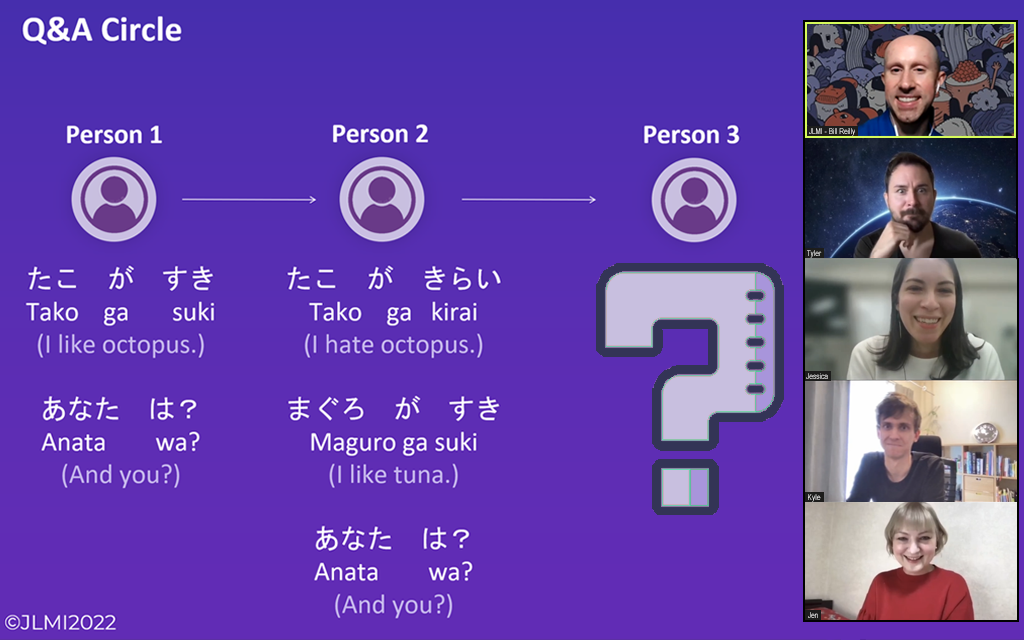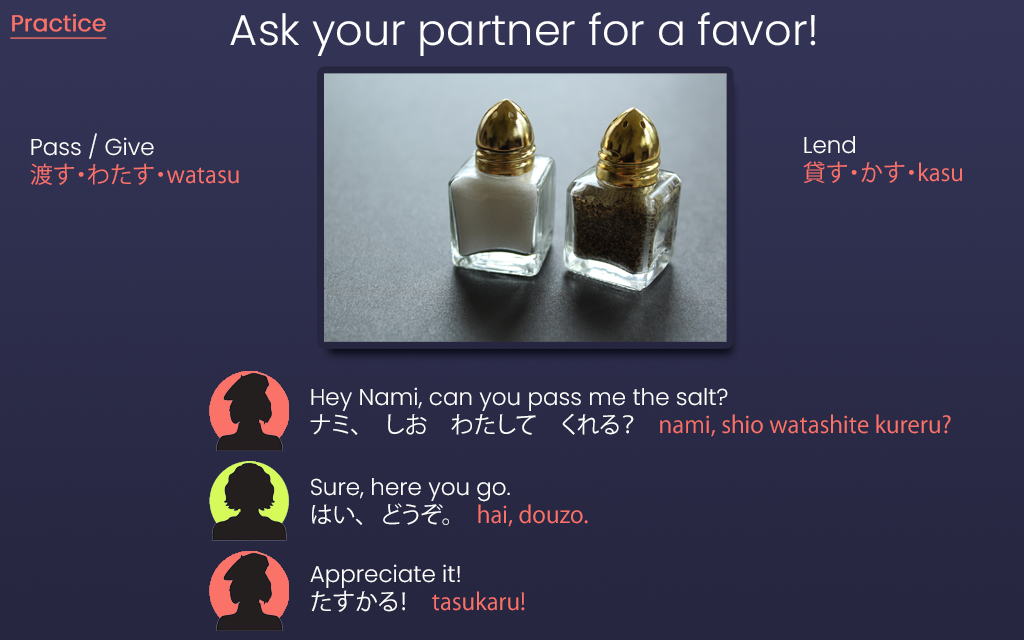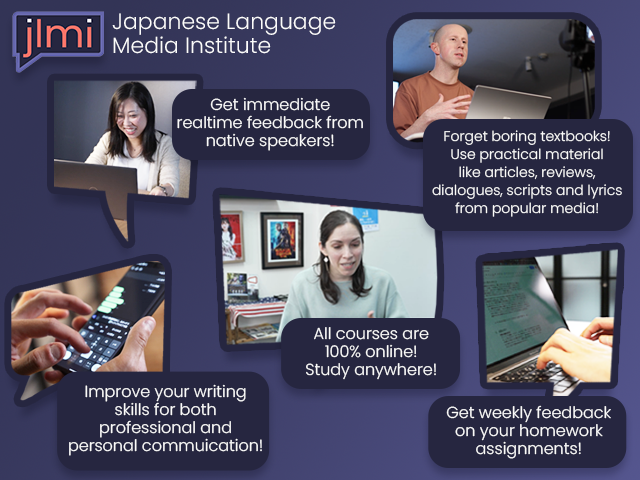I’m going to say something controversial yet brave; I hate anime.
“But you live in Japan!”
“But it’s so cute!”
“But the music is amazing!”
…But I don’t speak Japanese. At least I didn’t speak well enough before taking an online course last year with JLMI, the Japanese Language Media Institute. The course in question, Practical Japanese Conversation - Anime, was introduced to me by a friend who’d taken it the year before. And this friend is a total otaku. She loves cosplay, shops in Harajuku, not even going to mention her TikTok content. So needless to say, it was perfect for her, a Canadian English teacher obsessed with Japanese content and culture but with minimal linguistic skills. But after finishing up the course, she was ordering at restaurants for me, introducing me to Japanese friends at parties and posting to SNS using legit phrases, not just broken romaji. So as a beginner myself who followed my partner to Tokyo with little to no Japanese ability, I thought, “What’s there to lose?” And so I signed up.
Last year, there were other options as well, like a class based on Japanese reality TV shows and another on video games, all for beginners, but since my friend raved about the anime one, I followed her advice. After completing my payment online, I immediately received a PDF with all the class info including the Zoom link for all five sessions. It felt weird being ready for school without buying a new backpack or sneakers with my mom, but hey, weird is good sometimes.
Again, hating anime, I was assuming the worst. I thought it was going to be a bunch of weebs with over-the-top virtual backgrounds and kitten-ear headphones. However, I was happily disappointed. As soon as I signed into the meeting, there was chill music playing and a screen saver letting me know how to contact them for tech help, class info, etc. So I relaxed a bit into my comfy chair and sipped my nighttime coffee. Soon, other students started logging in (totally normal people believe it or not) and at 19:30, the two instructors came on screen and off we went. Since I don’t read hiragana or katakana, I was worried I’d be behind but from the jump, all of the slides were written in both Japanese and romaji with English translations so I could keep up easily.

The first class started off with a simple Japanese to English translation exercise where we all read/listened to a vocabulary word and then gave its English equivalent. The warm-up went pretty quickly and I felt like a pro because I correctly translated maguro to tuna. The level was low, people.
But then, they showed us a clip from an anime on Netflix and everything clicked. The scene took place in a supermarket and the characters were shopping for dinner together so finally the warm-up made sense! It was all super fast and I could barely catch anything but the stuff about tuna. So when we were asked some questions about the scene afterwards and everyone was clueless, we watched it again but with Japanese subtitles and some of us started to catch on.
The instructors explained the gist of the scene and walked us through the dialog, all in a mix of English and Japanese because the two instructors were a native English and native Japanese speaker. It was super cool how they seamlessly switched back and forth so that everyone was on the same page, but at the same time we were also getting listening practice in.

They focused on this one phrase where one character asked the other to pass him a vegetable or something. They broke down the grammar and gave us an easy formula to follow and within minutes, we were going around the class asking each other to pass us pretty much anything we could see in each other’s backgrounds. I’ll admit it felt a bit silly, but despite the activity being so basic, we were actually speaking to each other in casual Japanese and getting things done. People would point to something using color descriptors and that gave us new vocabulary. We were learning without it feeling like learning and I think that’s what got me hooked.
And it wasn’t like we were watching full episodes and then discussing the voice actors’ inflections. It was taking apart simple scenes, repurposing the grammar for a realistic task and then practicing it using examples from daily life. So literally the next day, I got Famichiki from behind the counter using that exact grammar. Thanks JLMI!
After checking out different scenes and working through new phrases, we were sent to breakout rooms in pairs where we practiced a fill-in-the-blanks role play using the grammar from that day. Then when we got back to the main room, we all got a chance to perform it in front of the class, bad accents included, and get instant feedback from the instructors about our intonation, nuanced words, etc.
Compared to other courses I’ve taken for the JLPT or language exchange events, the class at JLMI was the most practical. I actually found myself struggling less to remember things later because it didn’t feel like a chore like other test-oriented classes did. And since the class was online and casual, I actually looked forward to signing in every week and asking my classmates simple review questions about their broken bicycles, cute pets or favorite stationery. So simple, but now that I look back on it, so useful!
Many might think that their courses are all for beginners, but actually, since JLMI is run by Japan Visualmedia Translation Academy in Tokyo, a school that trains visualmedia translators, they also offer classes for advanced students and these ones are taught by professionals currently working in the industry. People who are in charge of translating and timing the subtitles for most of whatever you’re watching right now online. So they’re an awesome resource for practical language learning. Registration just opened for a class taught 100% in Japanese called Japanese for Professionals that’s focused on getting speakers more comfortable with the reading and writing tasks that come up when working in a Japanese environment. Instead of anime, they use newspapers, Amazon reviews, tweets and Slack messages that are super applicable the next day in the office.
Definitely check out their classes or even just their social content because you might just realize you don’t hate anime after all.
- External Link
- https://jlmi.jvtacademy.com/
 Take our user survey and make your voice heard.
Take our user survey and make your voice heard.













2 Comments
Login to comment
Open-minded
I learned "Kawaii, ne!" from watching anime. I learned that Japanese anime artists like to imagine themselves and other Japanese people with complete Caucasian features or (haafu). I also learned that Japanese people like anime about escaping from their current life (isekai) to a new world to be anything else that they really want to become.
What about their lives in Japan that they hate so much?
TokyoLiving
That also happens with all the stories, novels and other literature around the world, narrates a life that is not real and writers want to live it, leave the drama, grow up...